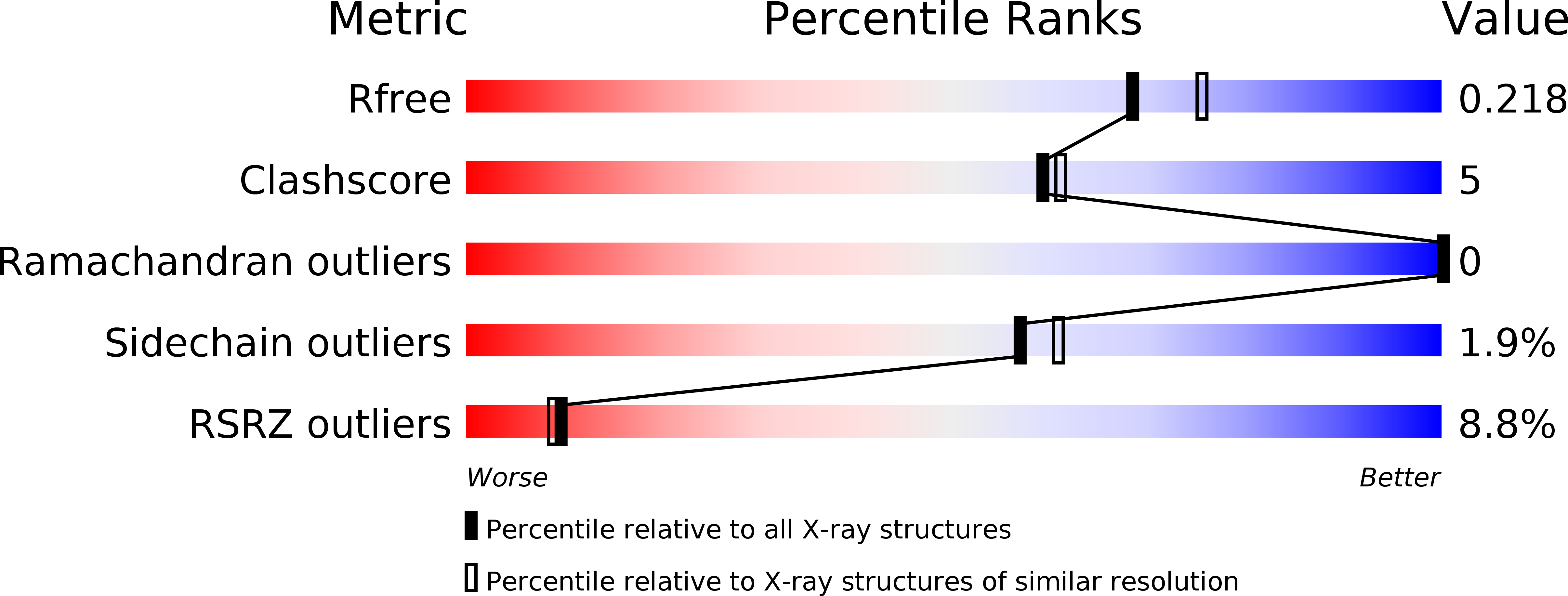
Deposition Date
2007-07-27
Release Date
2008-01-15
Last Version Date
2024-05-08
Entry Detail
PDB ID:
2V79
Keywords:
Title:
Crystal Structure of the N-terminal domain of DnaD from Bacillus Subtilis
Biological Source:
Source Organism:
BACILLUS SUBTILIS (Taxon ID: 1423)
Host Organism:
Method Details:
Experimental Method:
Resolution:
2.00 Å
R-Value Free:
0.21
R-Value Work:
0.18
R-Value Observed:
0.18
Space Group:
P 31 2 1


